About
Corporate sustainability
Built environment
One Planet Living®
Menu
Get ahead (instead of getting a headache)
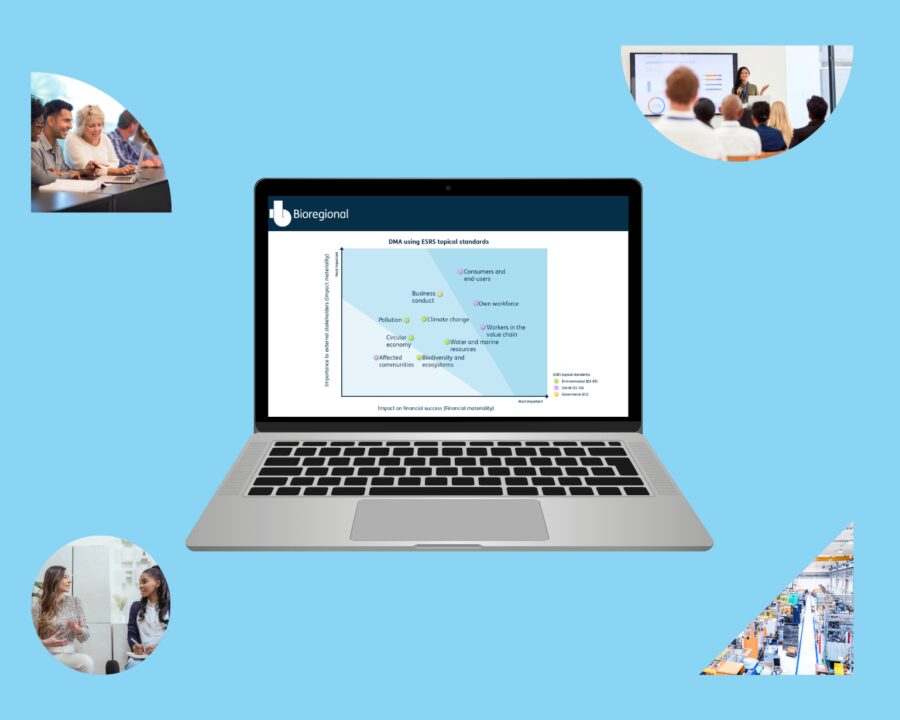
We treat DMAs as a strategic tool, revealing big wins for our clients.
The acronyms alone are enough to put you on the back foot: ESRS, CSRD, DMA. But instead of seeing your Double Materiality Assessment as a regulatory burden, we view it as a way to build your competitive intelligence.
We understand the complexities inside and out and simplify them for you and your team. And by mapping your entire ecosystem, we’ll reveal impacts, risks and opportunities with refreshing, strategic clarity.
Box-ticking is the easy part. We’ll help you achieve a whole lot more.
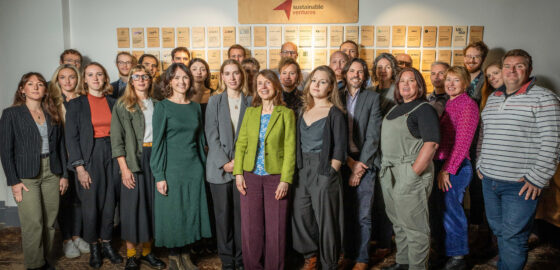
We’ll give you a comprehensive view and actionable insights, not just a compliance report ↓
Big opportunities require a broad view. First, we’ll dive deep into the landscape around you, researching your competitors, analysing your sector, and understanding your value chain. From here, we’ll build a tailored list of crucial topics that resonate with your stakeholders. We’ll also create a stakeholder map with you: the key to effective engagement.

That’s ‘Impacts, Risks and Opportunities’ in human-speak. We’ll comb through everything to develop IROs that reveal all the ways your organisation might be harming or helping people and the planet, as well as your business risks and opportunities. Instead of just sending out a survey, we’ll proactively engage your team, your customers and your community, analysing the IROs across your entire value chain.

We’ll work closely with your subject matter experts to help score your IROs, simplifying everything so your team can carry out the scoring with ease. We’ll also back it all up with rigorous justifications that underpin your scores. Finally, we’ll collaborate with you to develop an appropriate materiality threshold unique to you.

We’ll gather the results and distil them into an engaging visual that gives your team the most valuable insights. You’ll get clarity on the key focus areas that matter most to your business and stakeholders, and understand the areas that you will need to report on for the ESRS. Most importantly, it will empower you to make more confident strategic decisions.
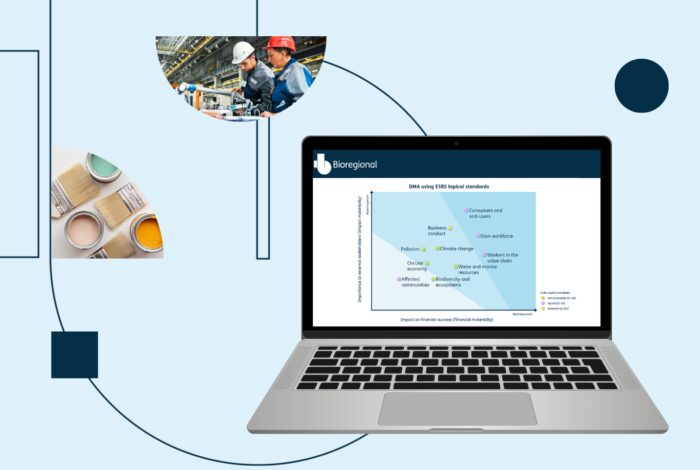
We can help you build organisational resilience and future-proof your business.
Using DMAs to hit regulatory requirements is the easy part. Ambitious leaders hire us to create more impactful changes across their entire value chain.
So, if you’re the type of person who thinks outside the tick-box, get in touch.
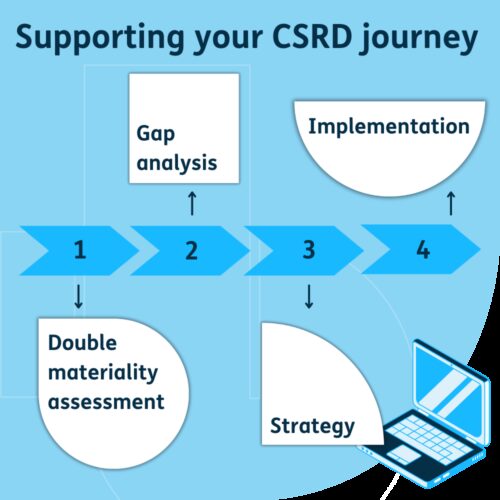
And nor are our fees.
Contact us for a bespoke quote or book a call so we can learn more about your exact needs and get to know you a little. From there, we’ll put together your proposal with full costings.
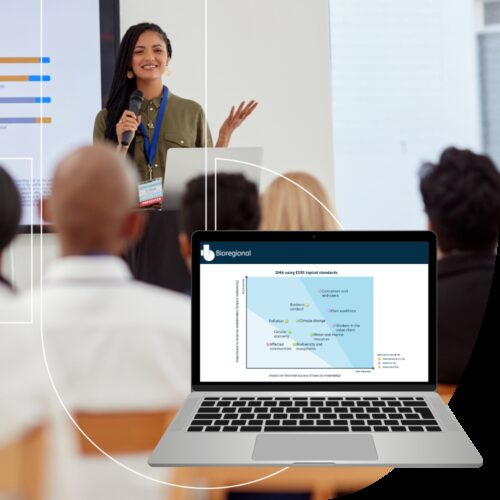
Our data geeks have checked, and that's a pretty good ratio.
And as a social enterprise, we’re committed to maximising our own impact, devoting time and resources to influencing policy and industry practices. In other words: we really mean it.
Get in touch with our Principal Consultant Katie Moen and discover how we can help you.
Ambitious, like you
Brilliantly business-literate
We make it easy

We'll be in touch within two working days.

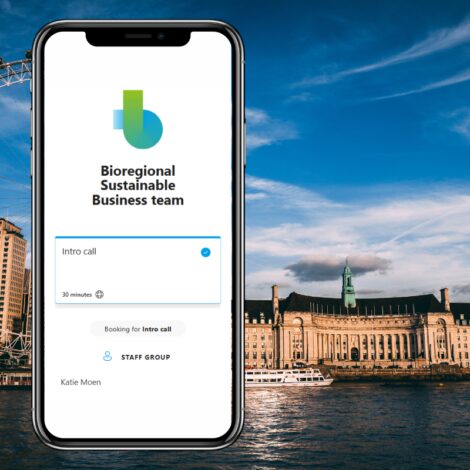
Put simply, a double materiality assessment is the most effective way to reveal your biggest impacts on people and planet, and the sustainability risks and opportunities that matter most to your business.
It's "double" because it considers both how your company affects the world, and how the world affects your company. If a sustainability issue is significant from either of these perspectives (or both!), then it's considered "material", and you should focus on it.
When supporting you on your DMA, we’ll cover:
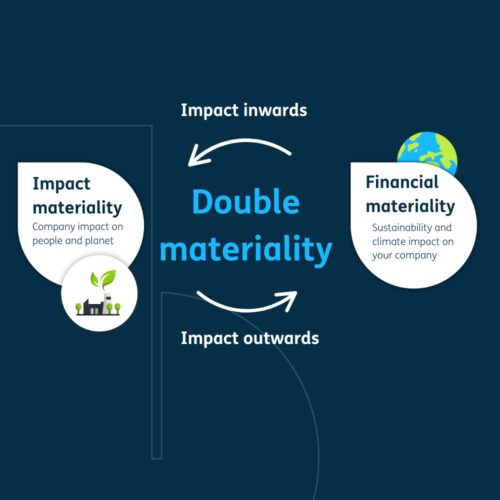
Double Materiality Assessments (DMAs) are the cornerstone of reporting under the Corporate Sustainability Reporting Directive (CSRD). And the CSRD relies on the European Sustainability Reporting Standards (ESRS) for its list of detailed requirements. (Check out our ESRS vs CSRD blog, or our CSRD & DMA blog for more in-depth explainers.)
You could conduct a DMA to develop an impactful sustainability strategy, or you could be doing it to comply with the CSRD – and we can support you in every aspect of both routes. (Check out our full CSRD support package here.)
Related services